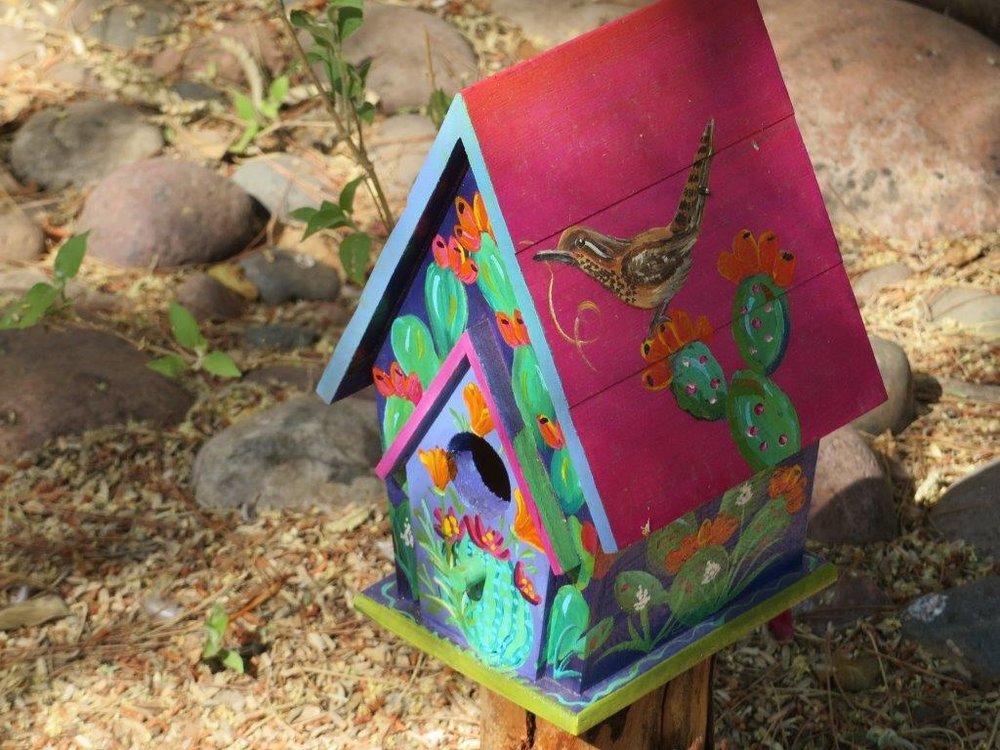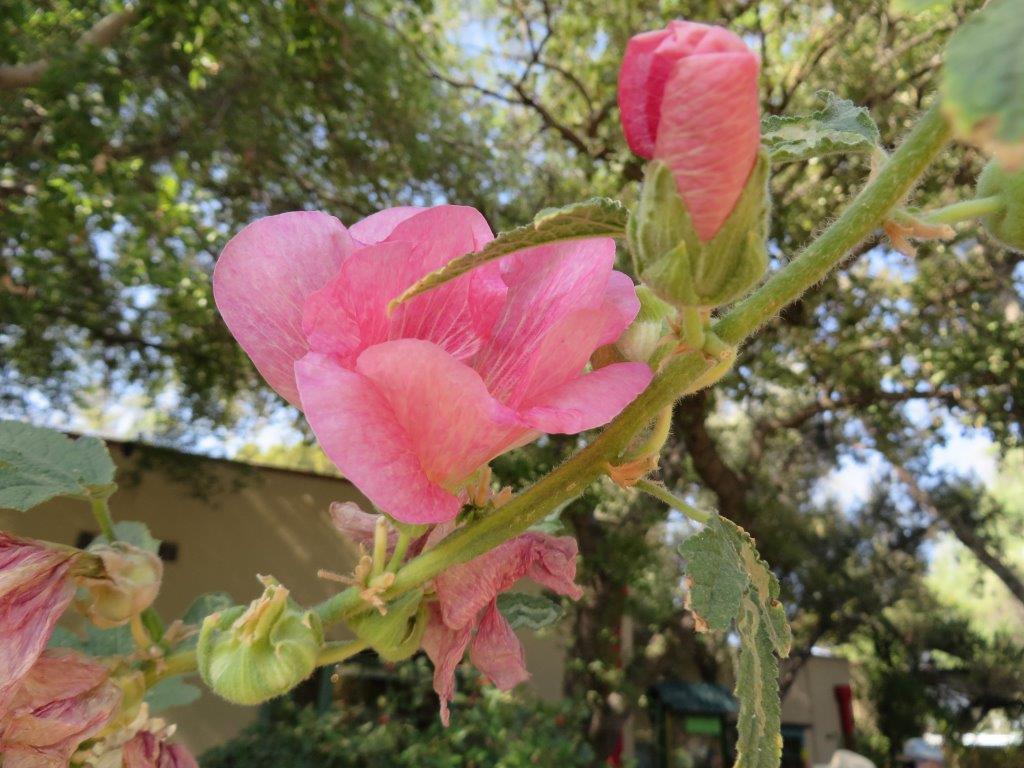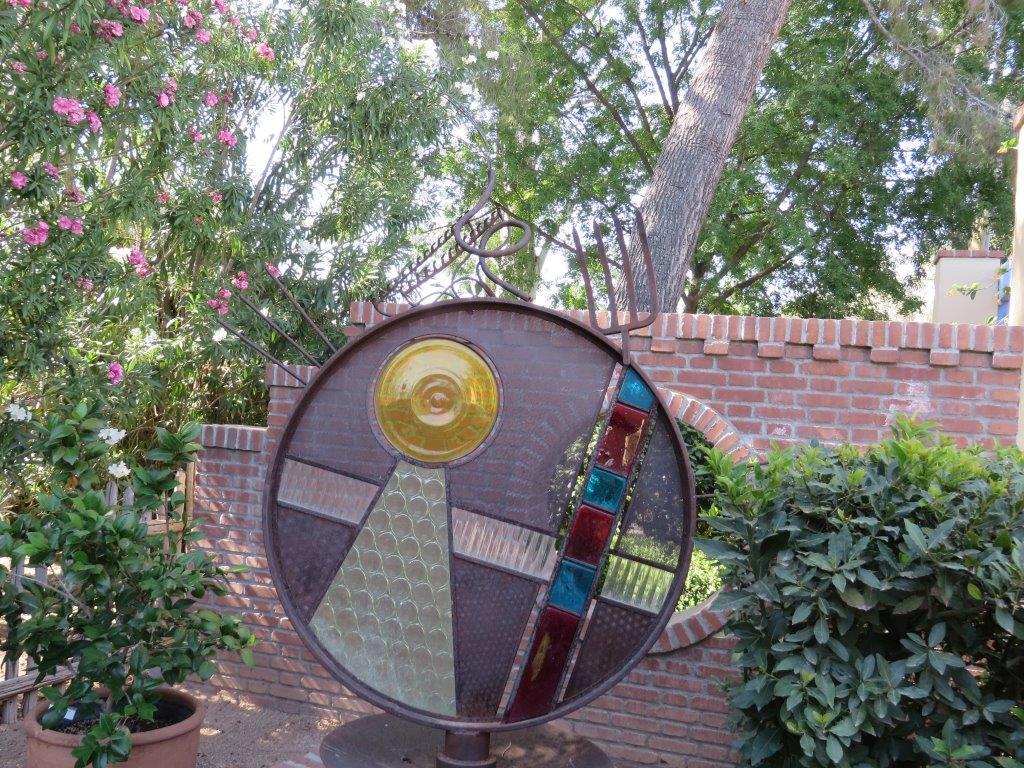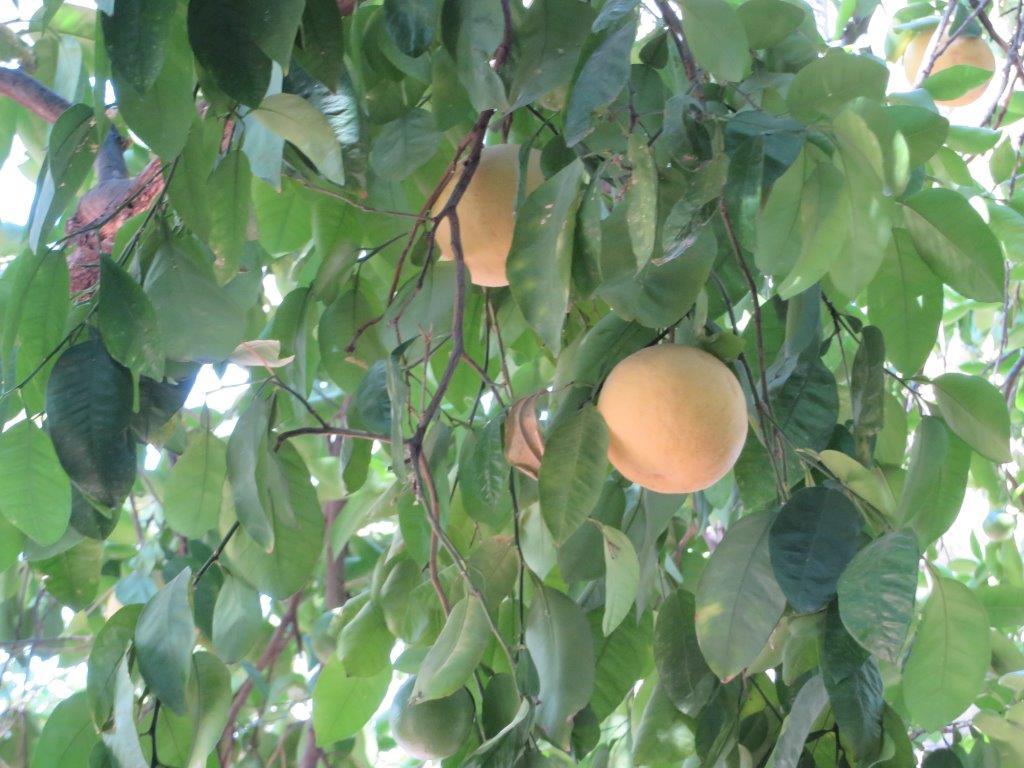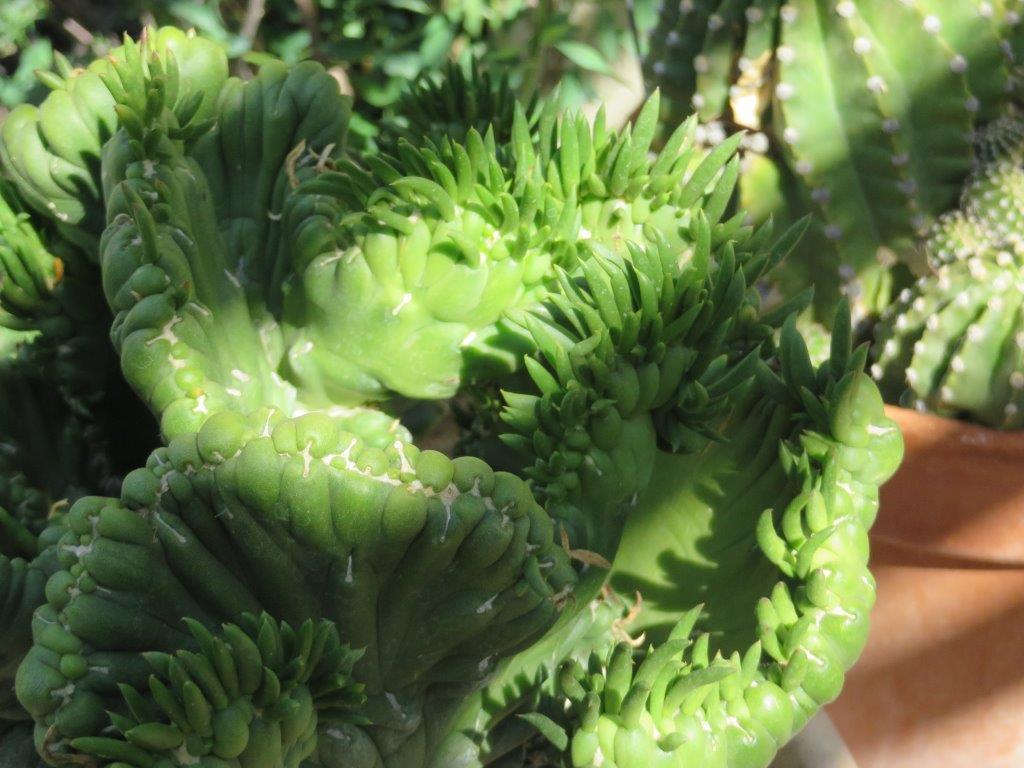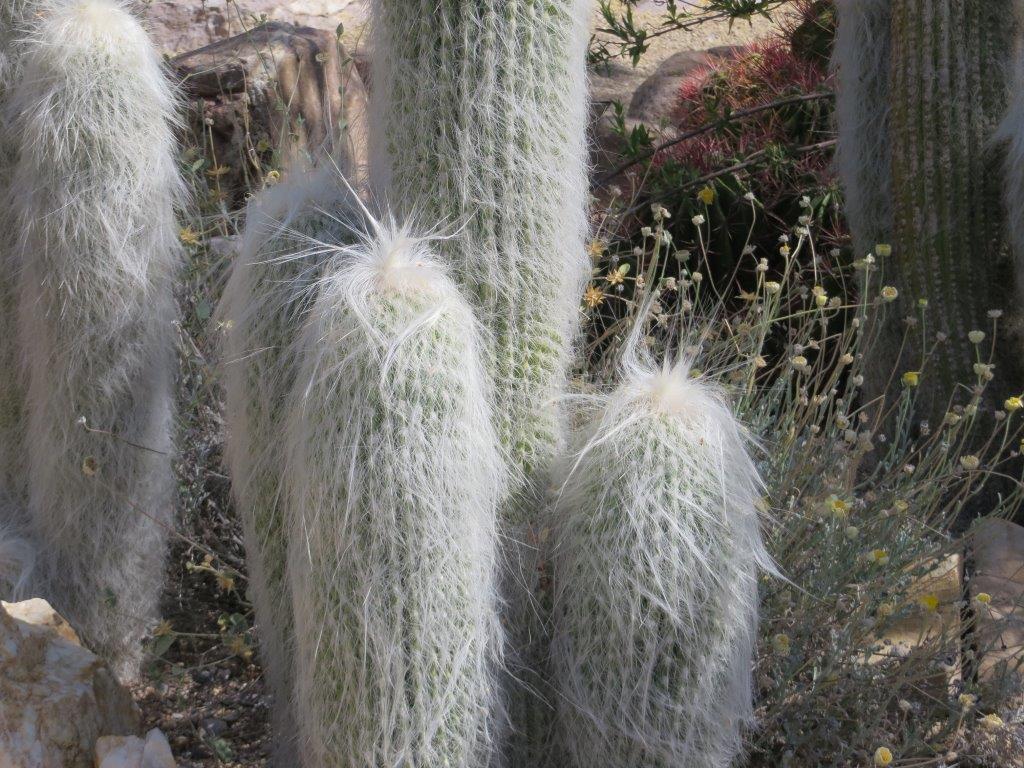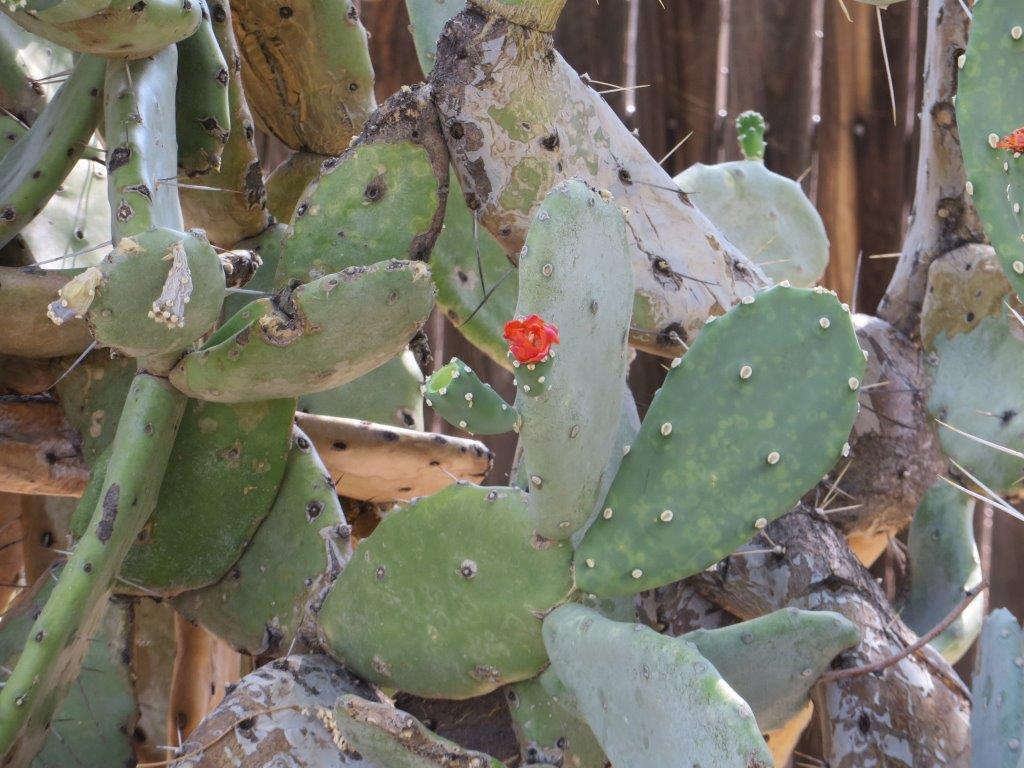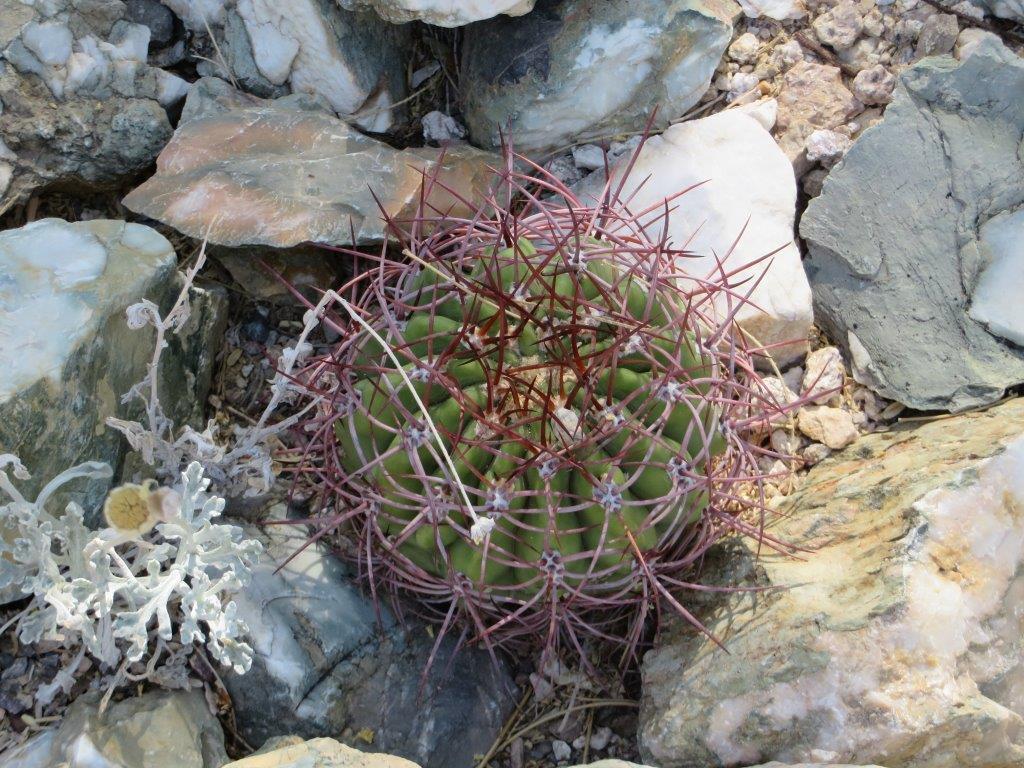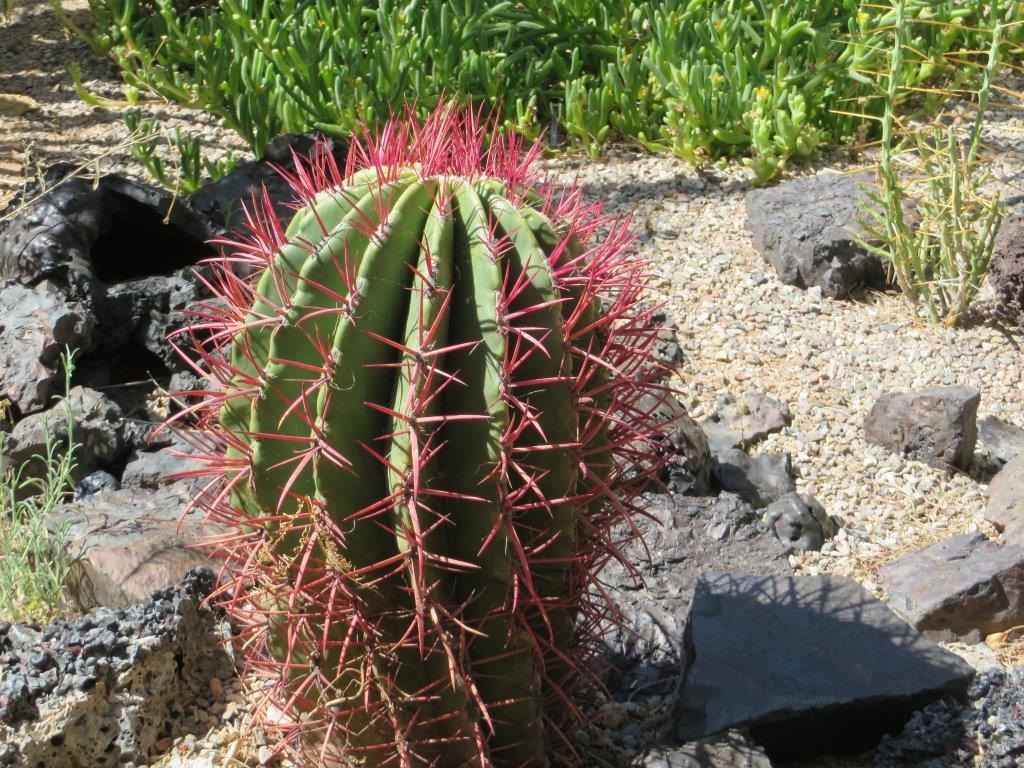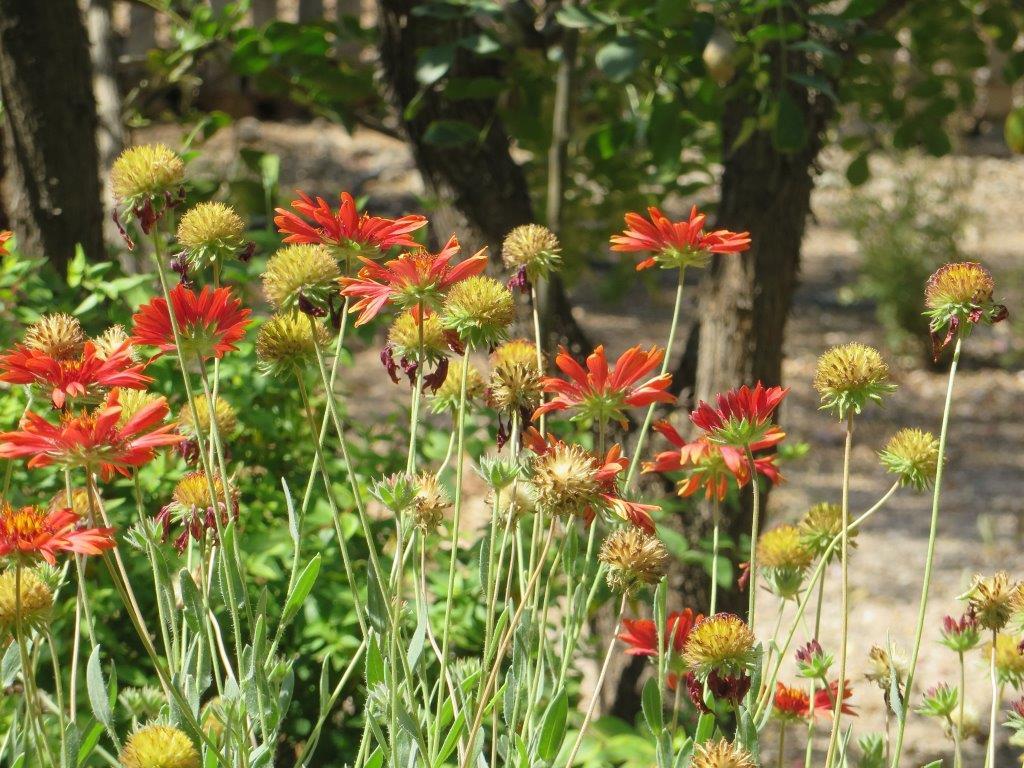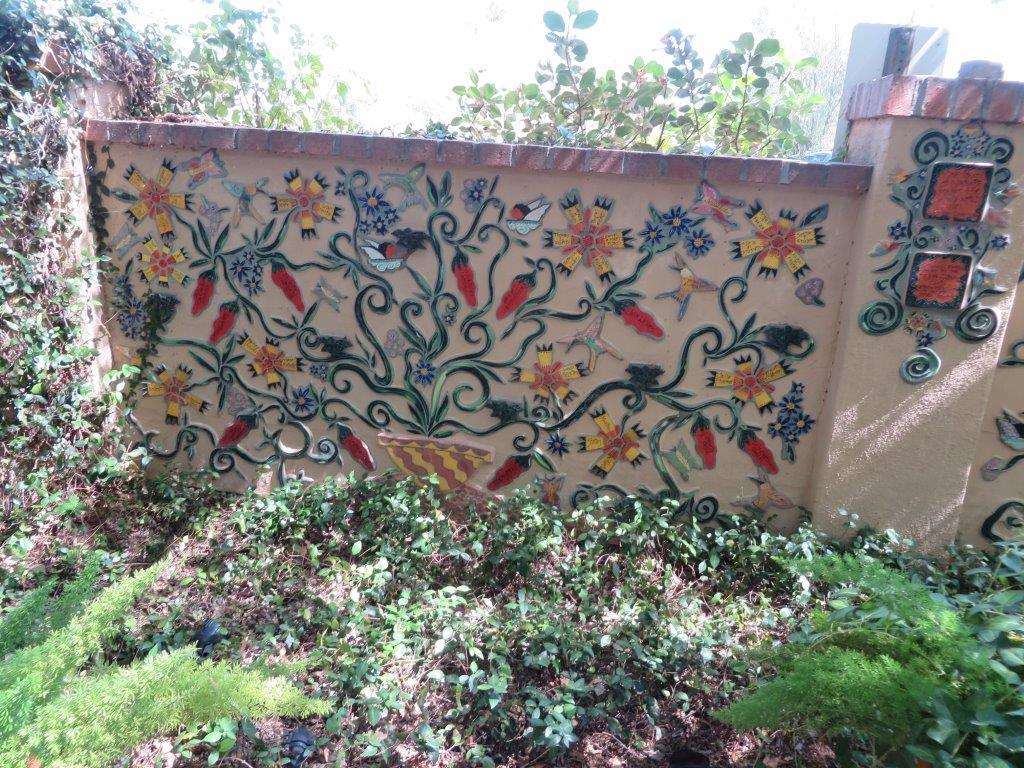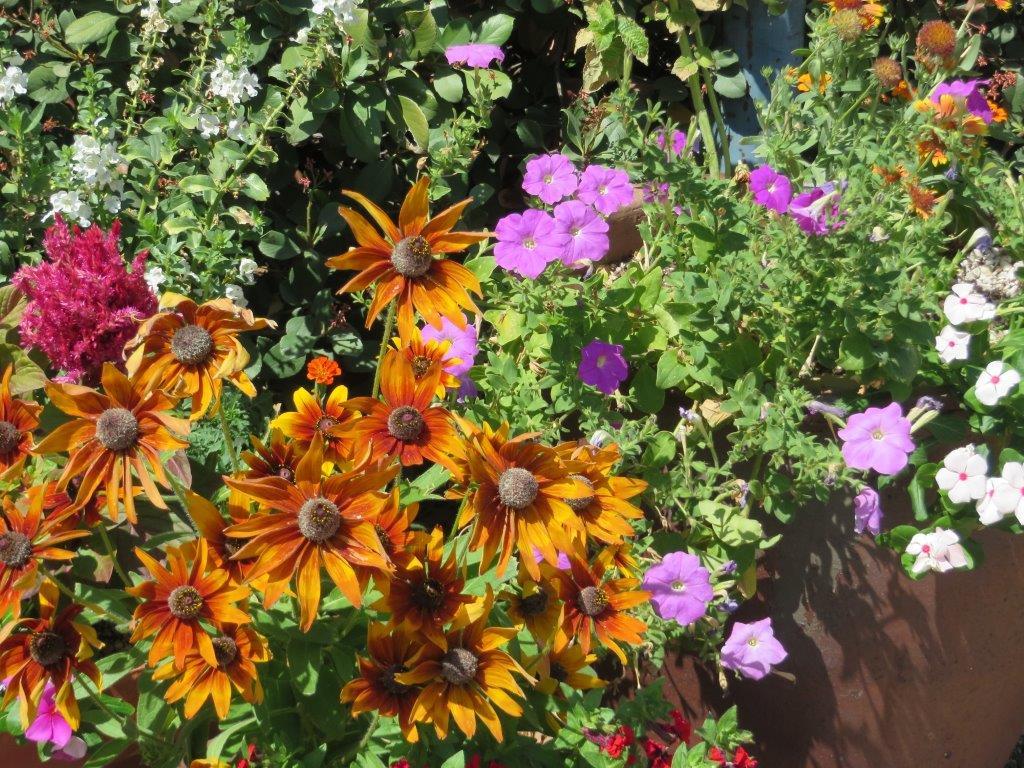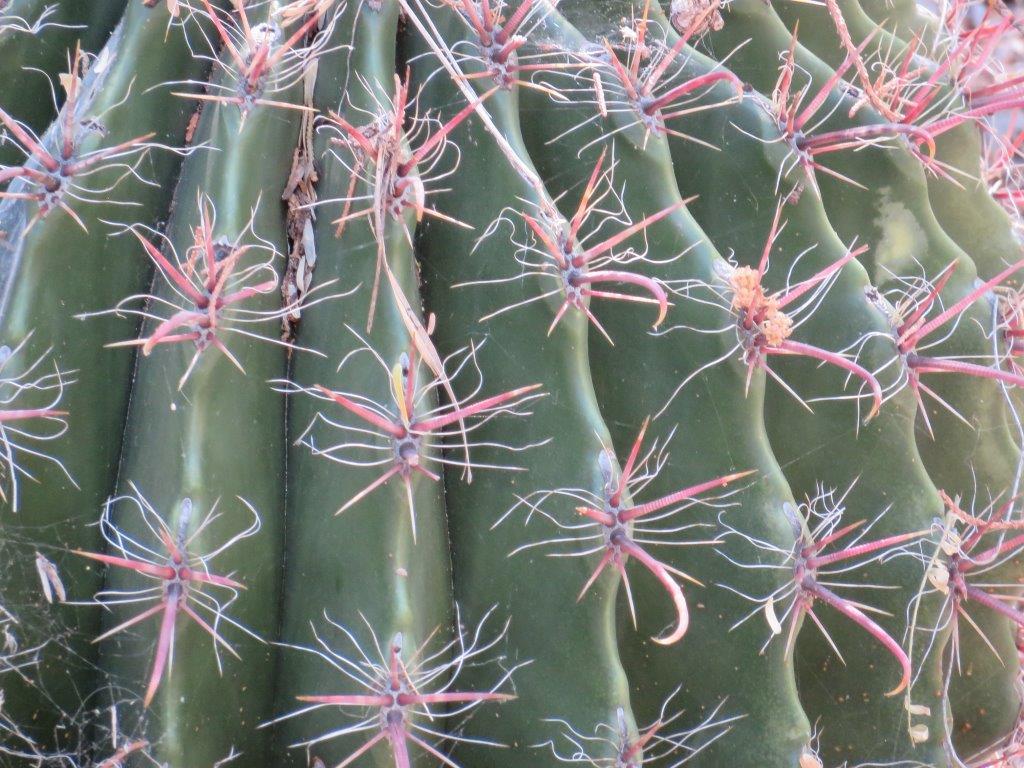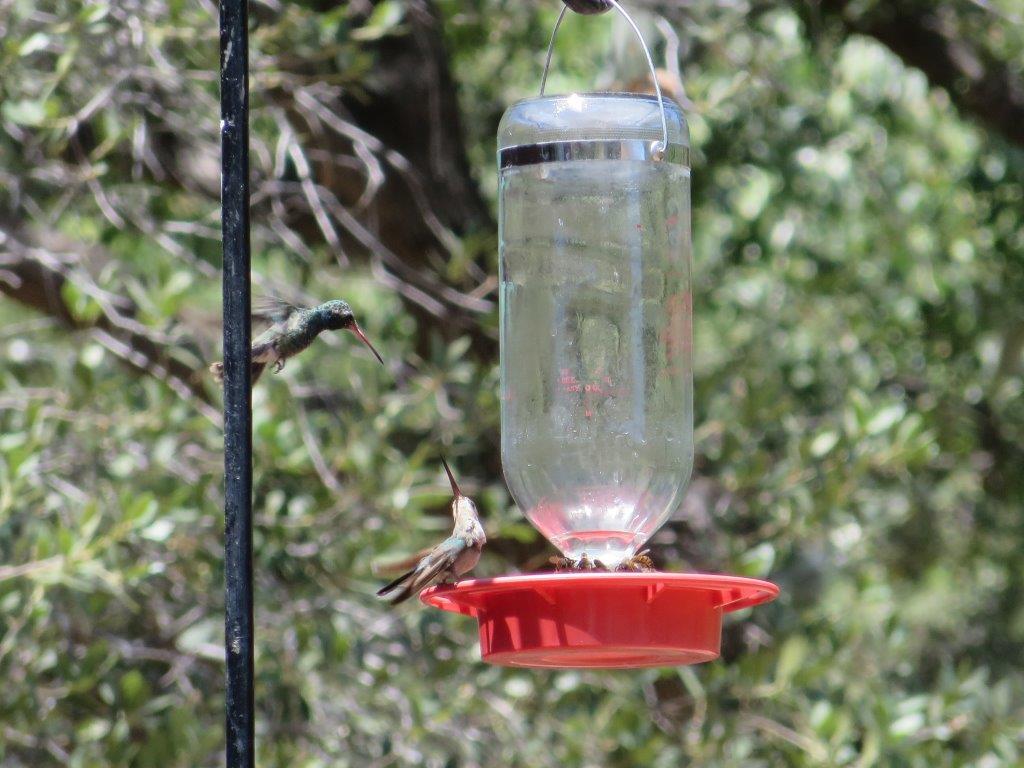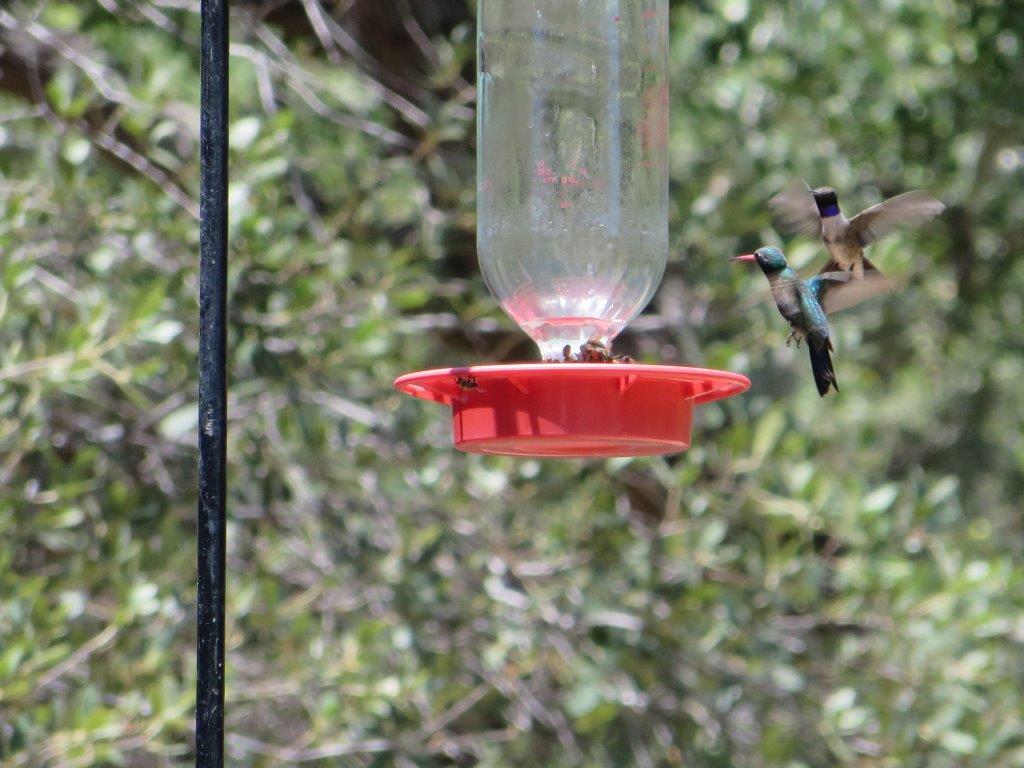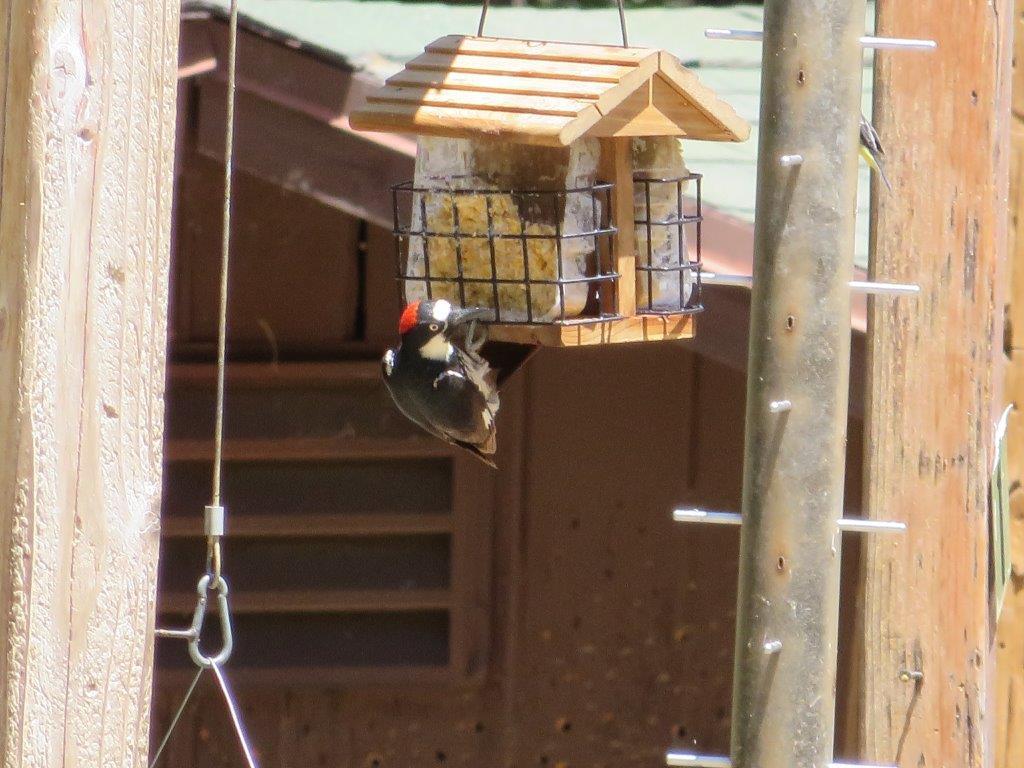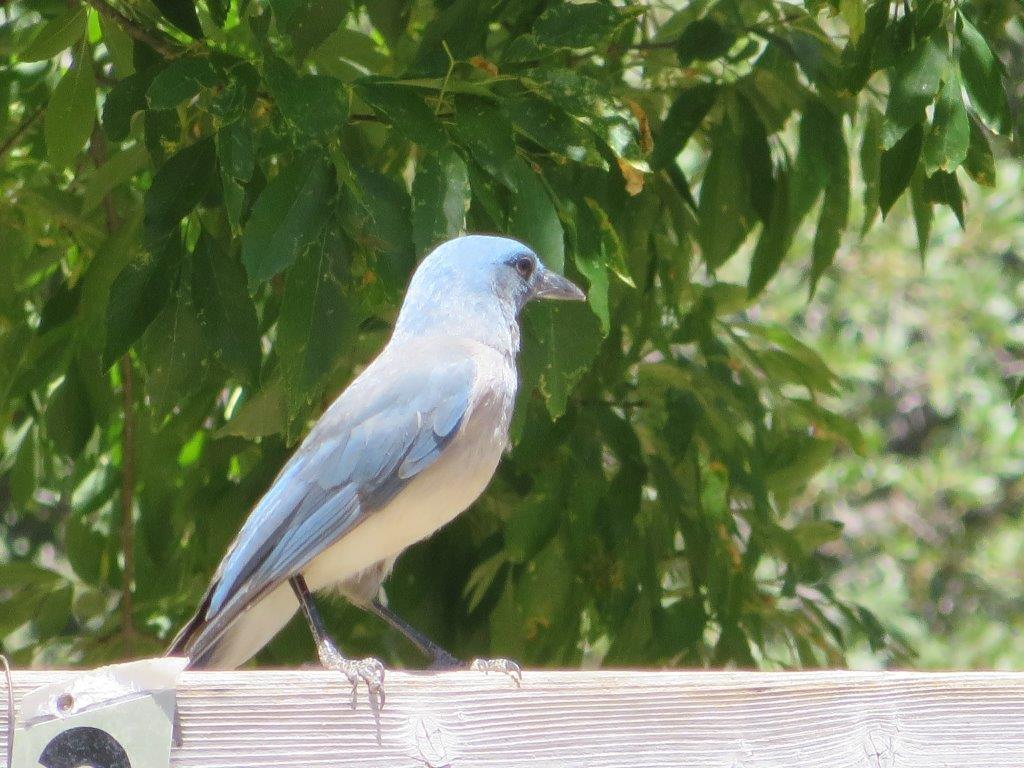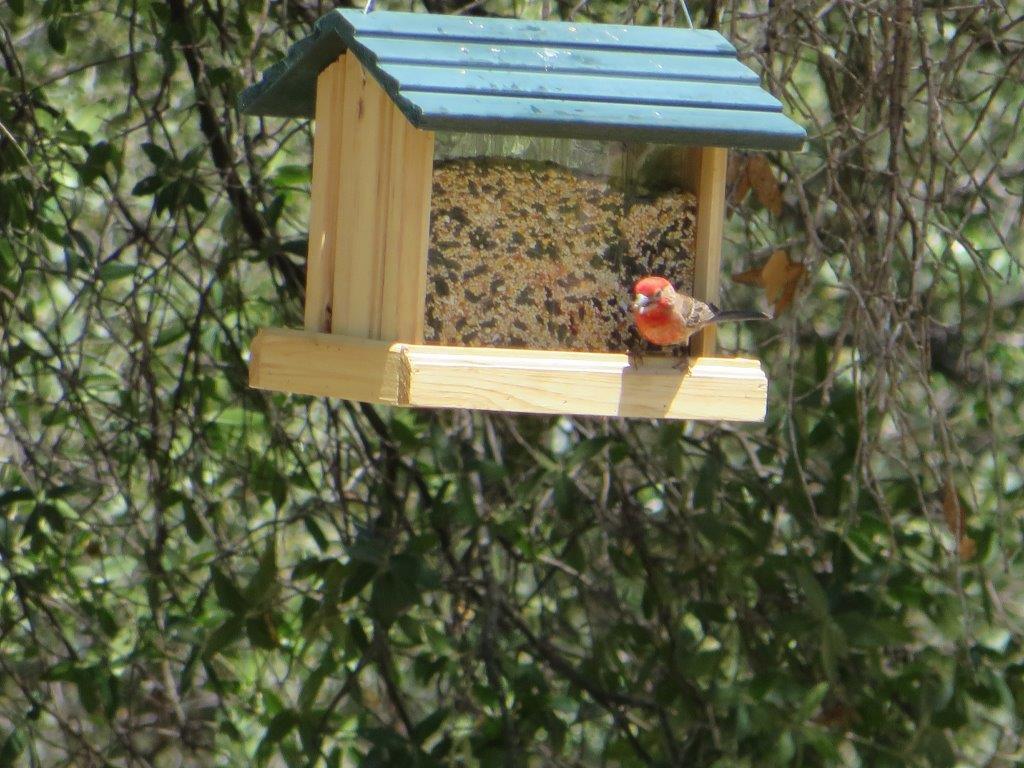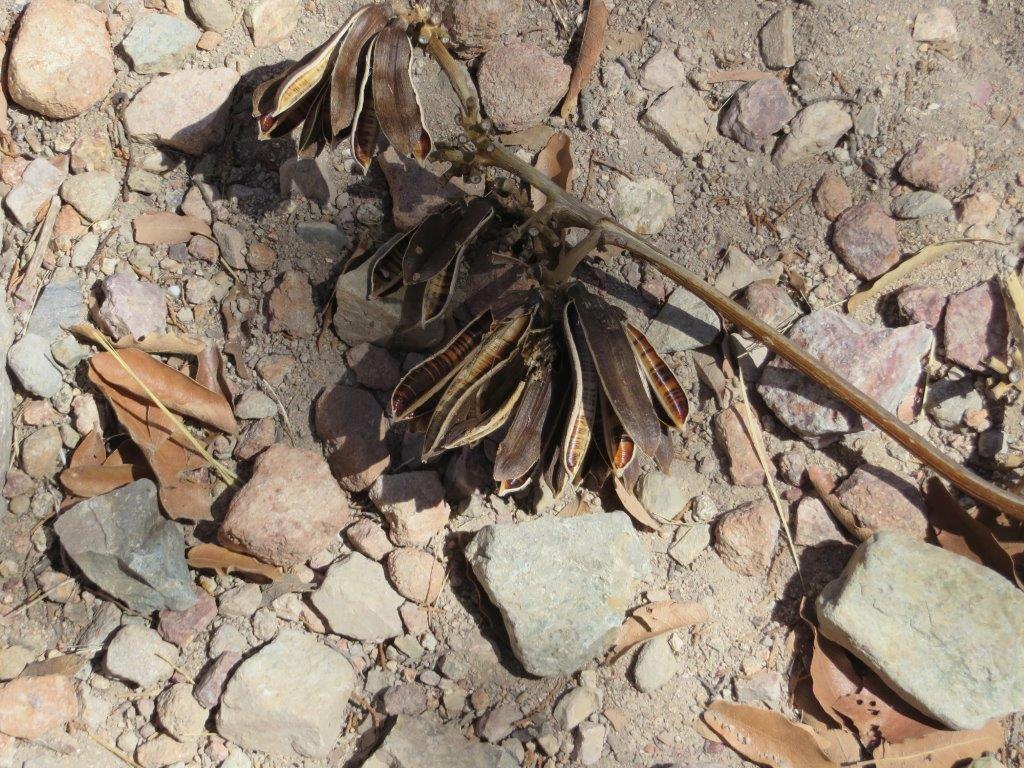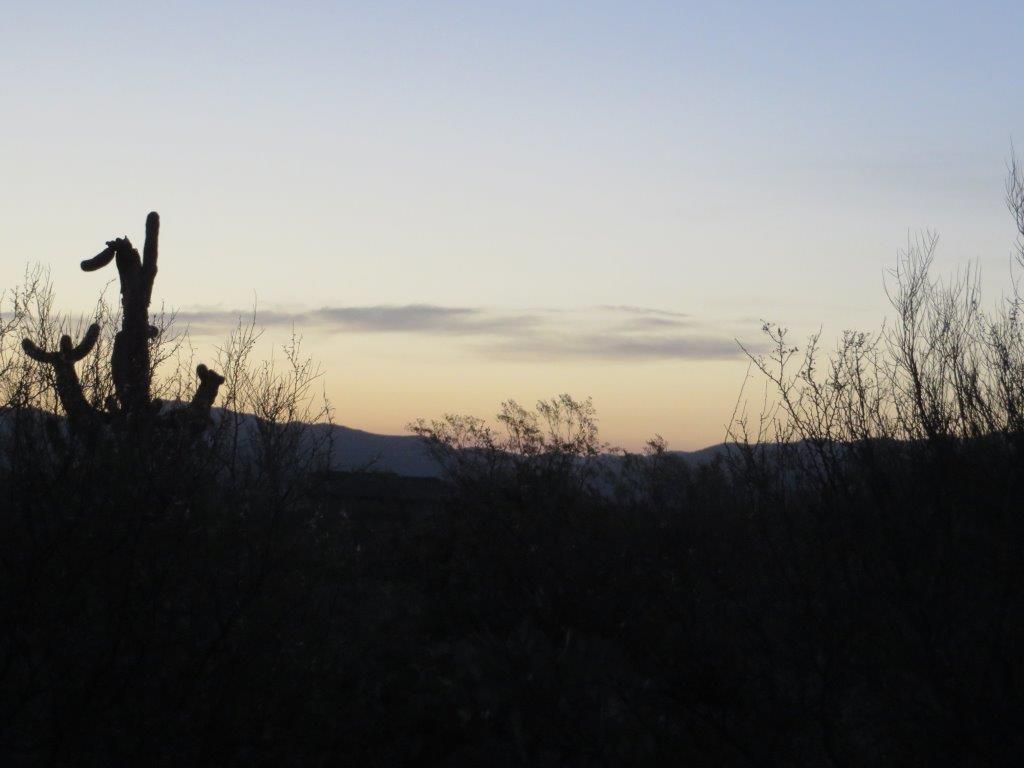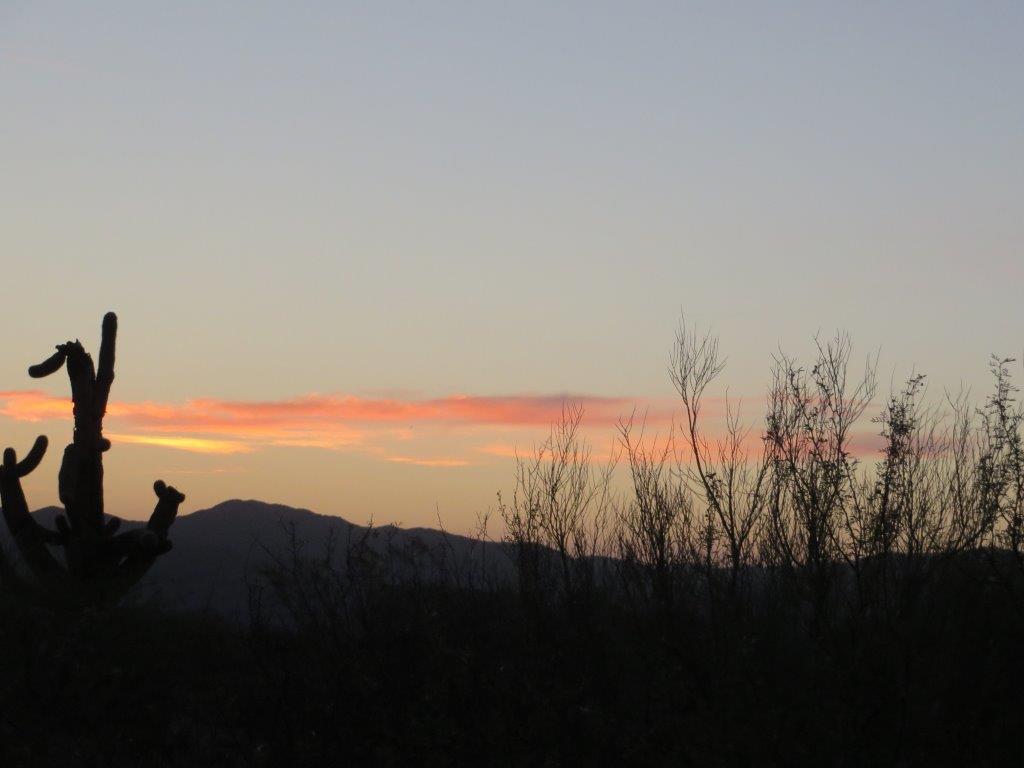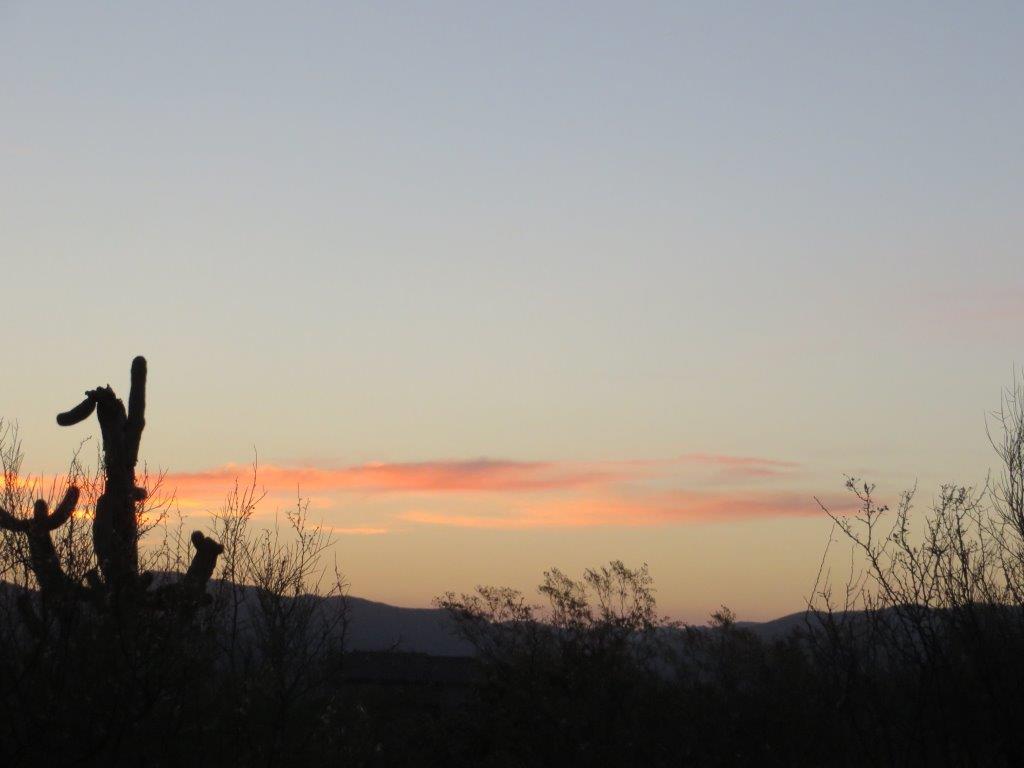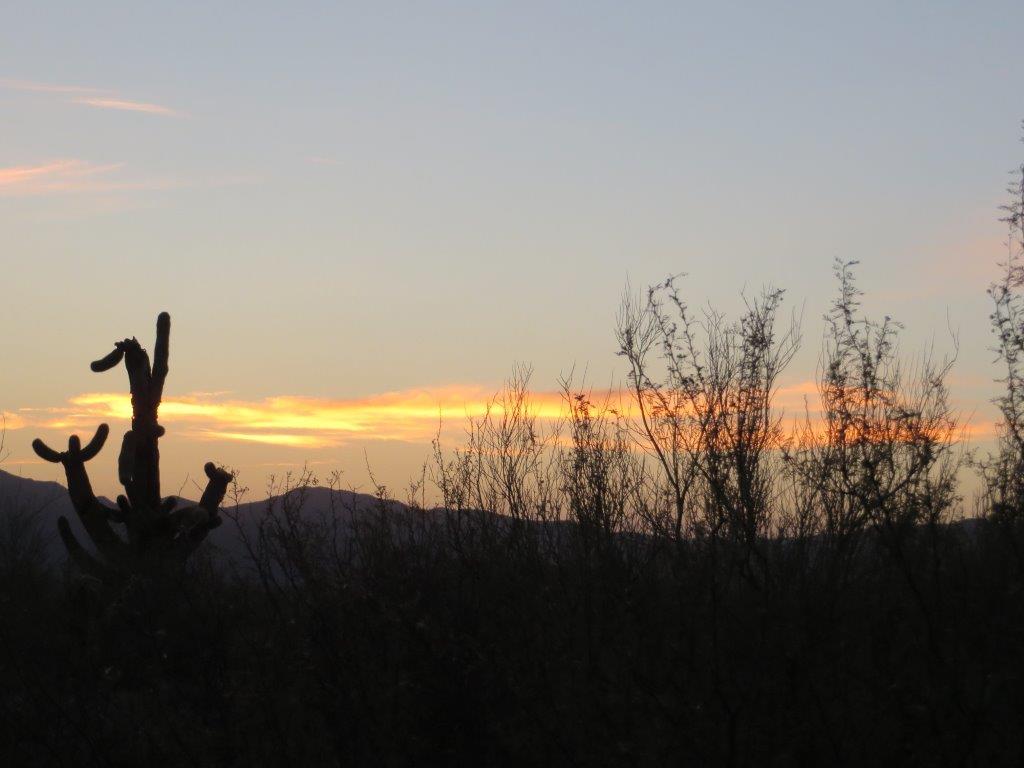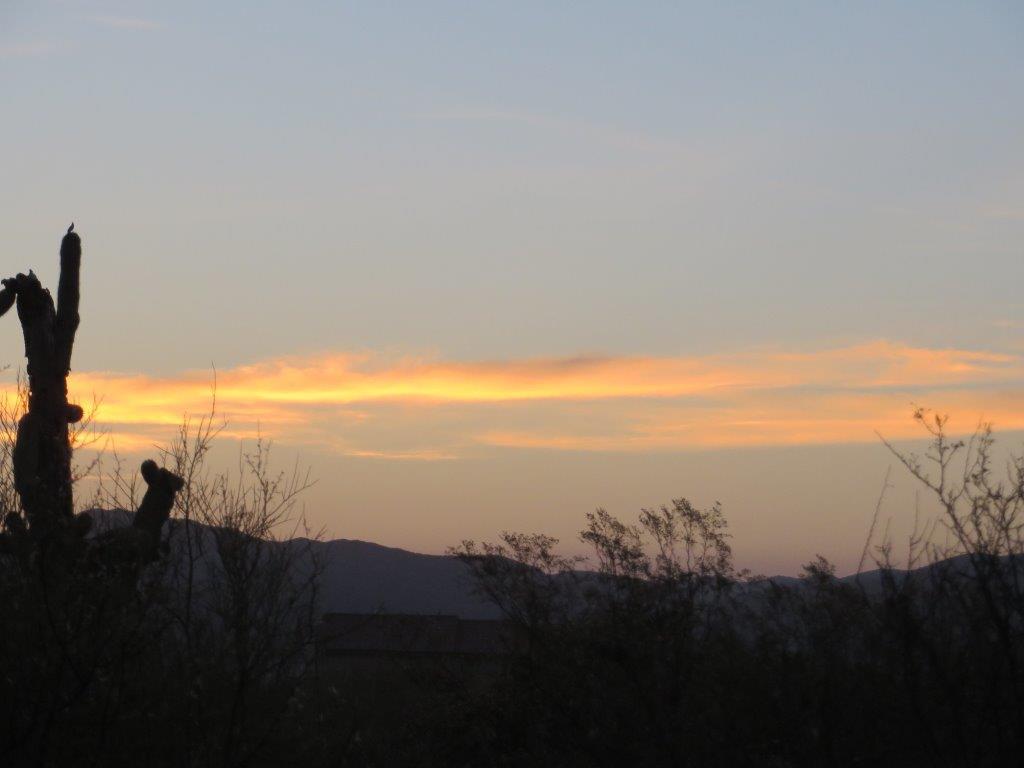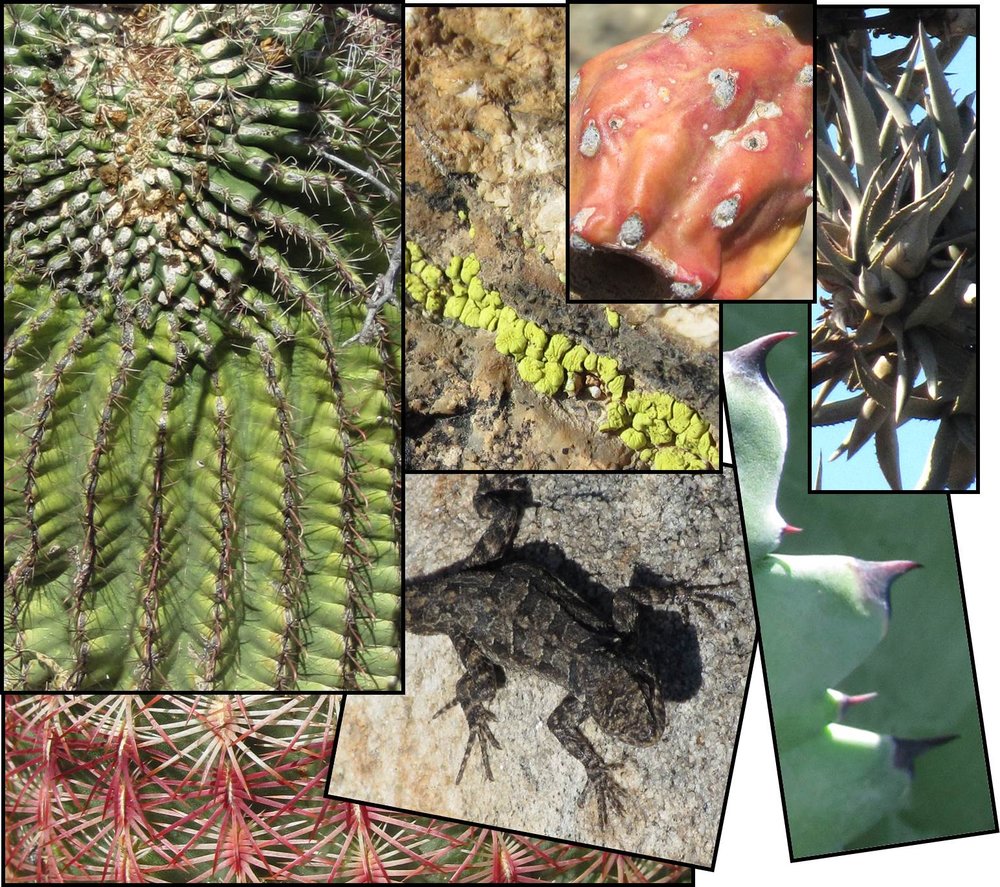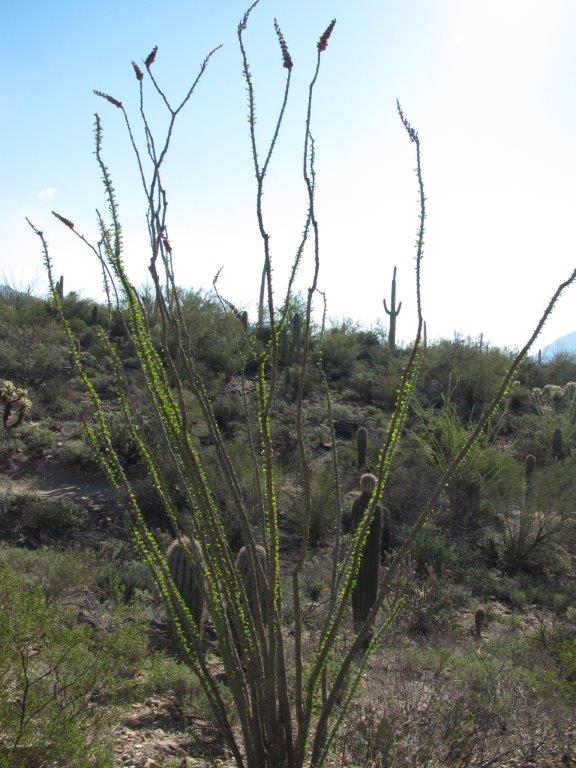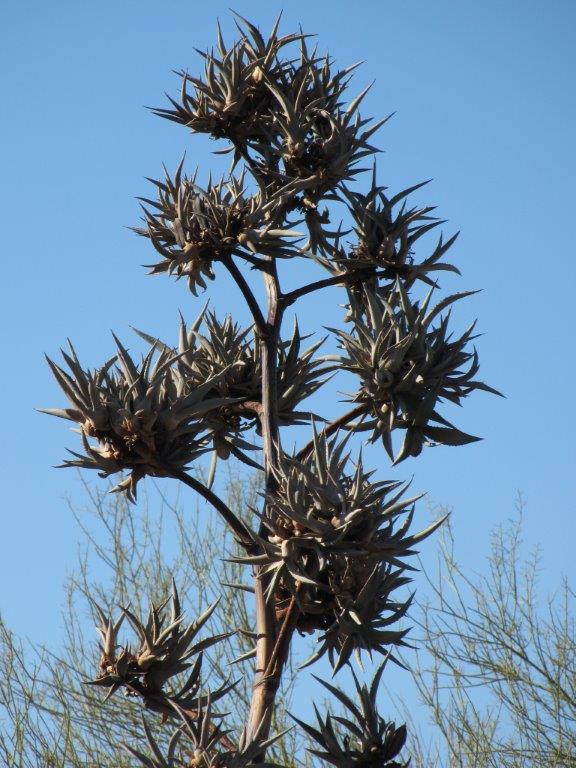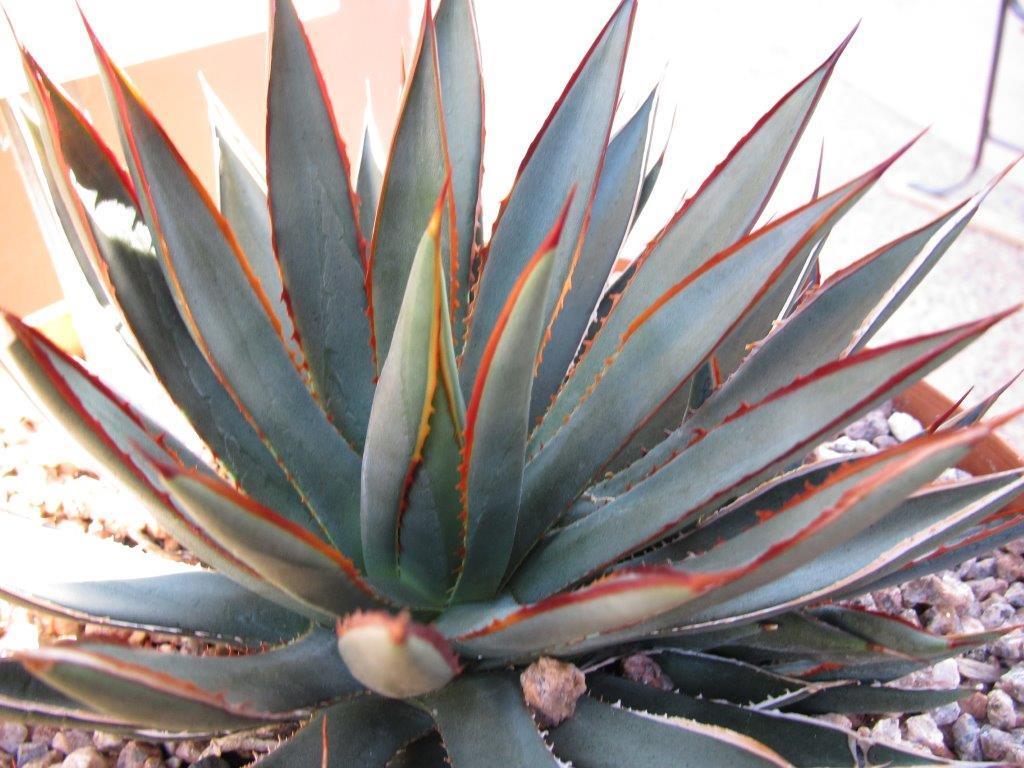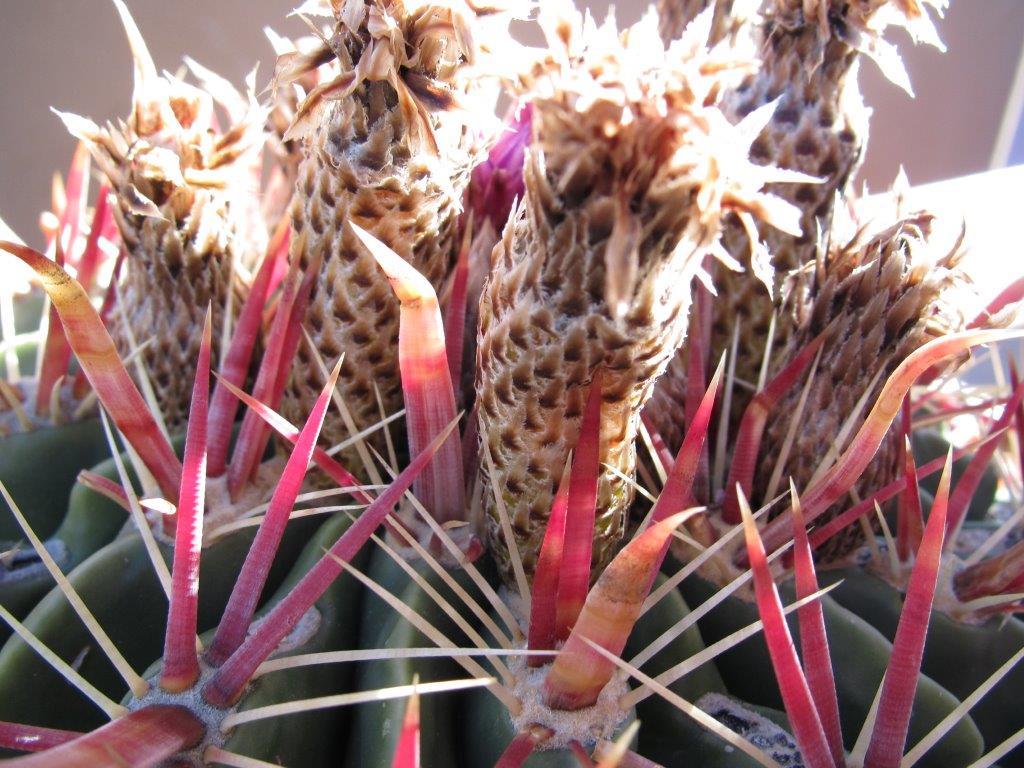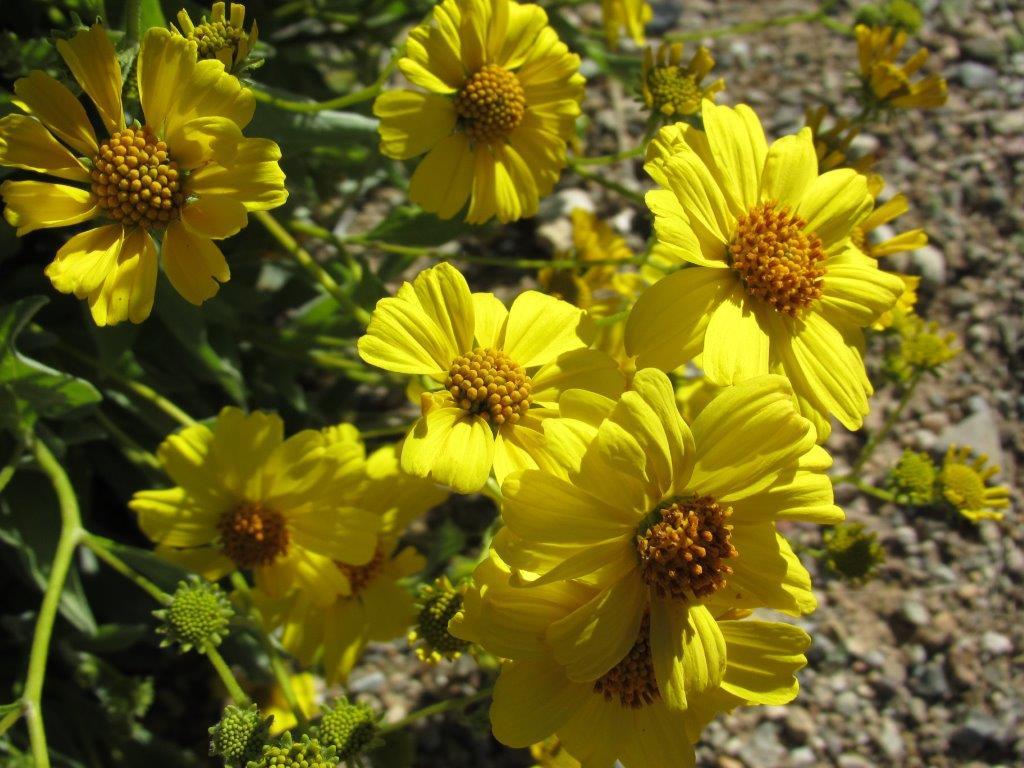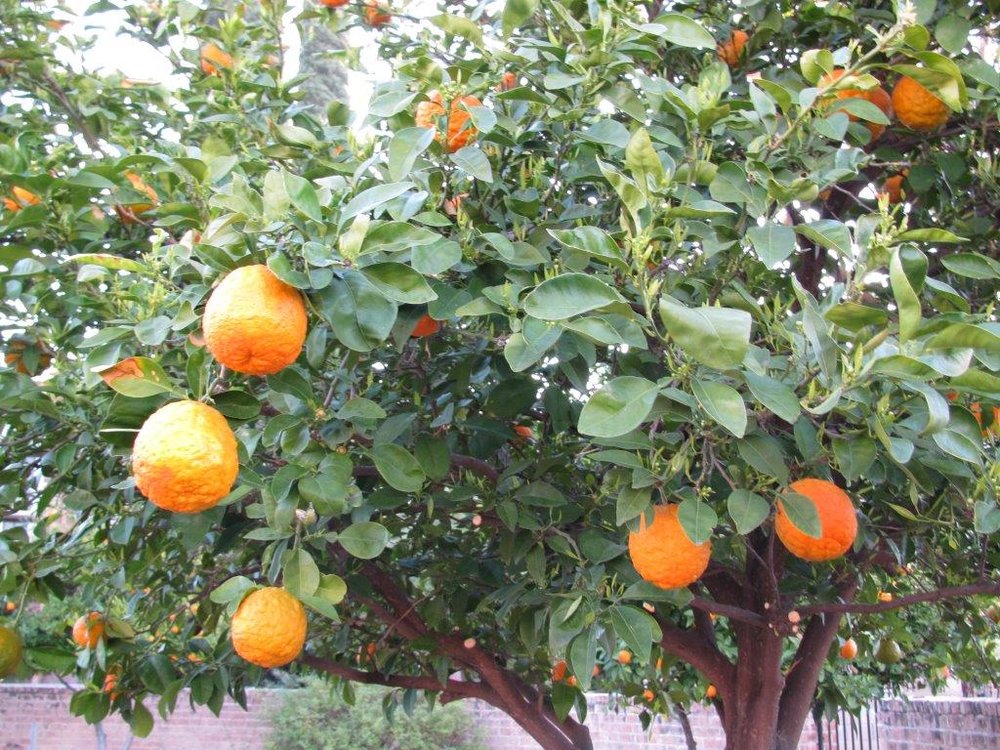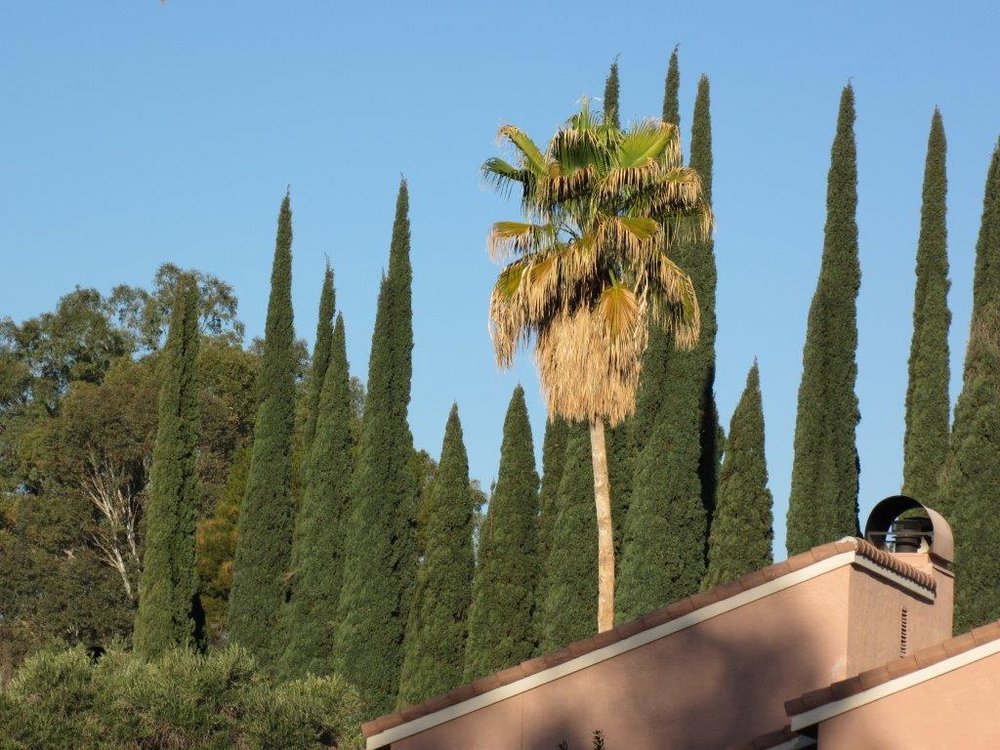Cactus in the Morning
/As I was out and about my Maryland yard early this morning, I thought about the most pleasant time of day in Tucson back in June - the early morning. We got up for sunrise twice. The sunrise is spectacular but the morning light on the plants of the desert is even better. There is color and clarity that is dimmed in the blaring late of the more direct sunlight of other parts of the day.
Legumes are probably as prevalent as cactus in the Sonoran Desert. The seeds inside the pods in the above image are clearly bulging. The curling pods are a contrast to the pale green of the leaves - highlighted with red. Would they have been as noticeable at mid-day? Probably not.
 There was a grouping of plants near the pool that drew my attention again and again; on the last day we found out that a gila monster den was just to the right of the yellow cactus in this image! I took pictures of the grouping from many different angles but my favorites are the close up shots of the two types of cactus in the morning light.
There was a grouping of plants near the pool that drew my attention again and again; on the last day we found out that a gila monster den was just to the right of the yellow cactus in this image! I took pictures of the grouping from many different angles but my favorites are the close up shots of the two types of cactus in the morning light.
The colors seem to glow. I have tried to decide whether the yellow or red are my favorite…and I can’t. The yellow one seems so robust and perfect…it has the smaller cactus growing with it.
The red on looks tough and the spines have a delicate variation in their color along the spines.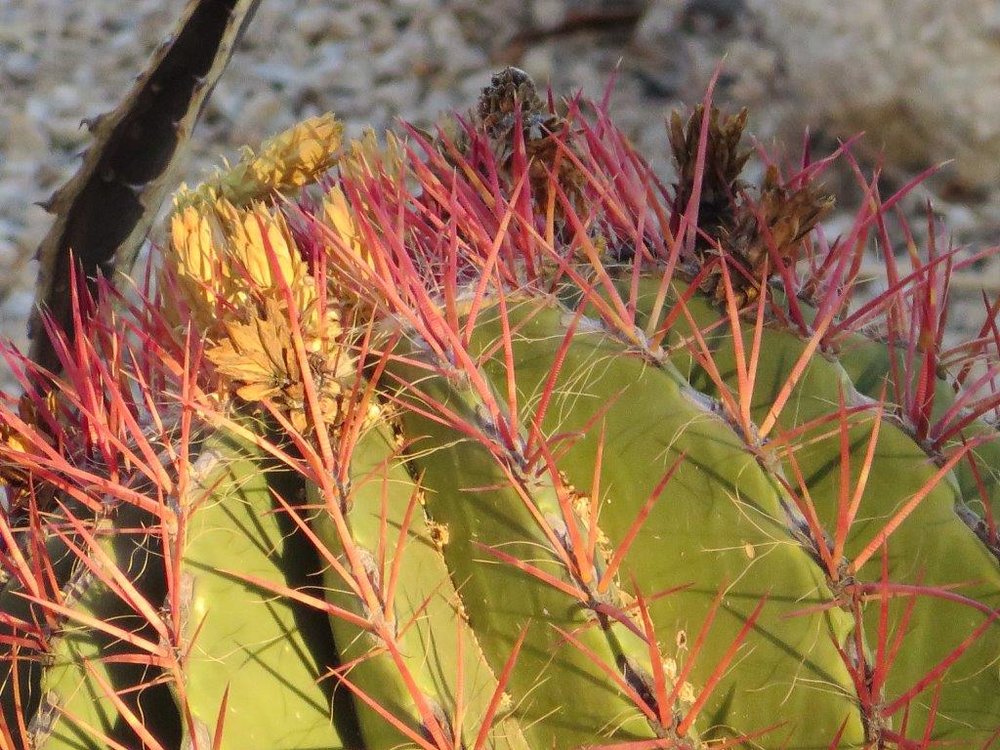
Today - I am savoring the June time in Tucson - again.



